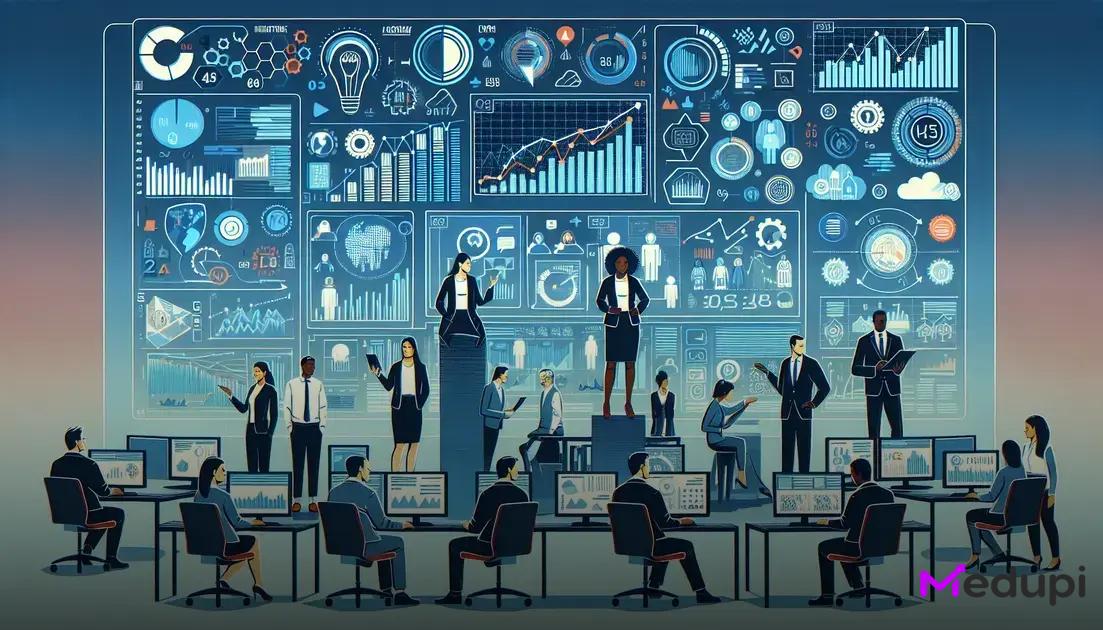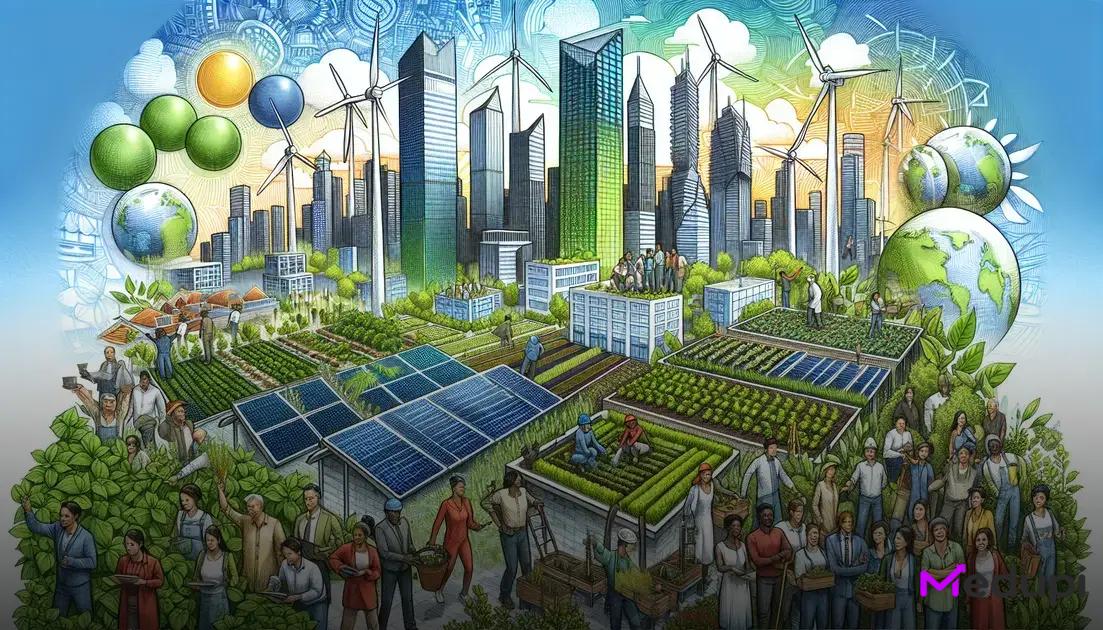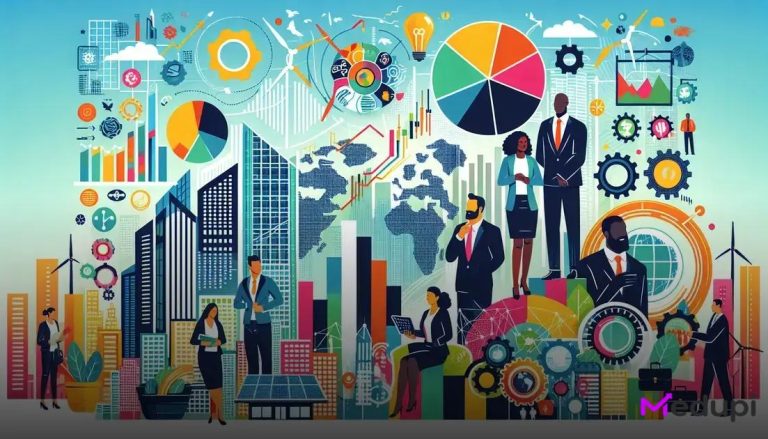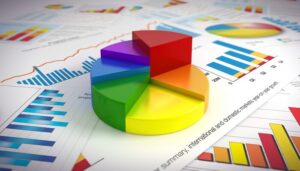ADVERTISEMENT
Economic development plays a crucial role in enhancing the growth and prosperity of a nation. By understanding its key drivers and indicators, we can implement effective strategies for sustainable economic growth.
Understanding economic development
Economic development is a crucial aspect of fostering growth and prosperity within a nation. It involves a series of policies and actions designed to improve the economic well-being and quality of life for a community, by creating and retaining jobs and supporting or growing incomes. This development is measured through various economic indicators such as GDP, employment rates, and productivity levels.
ADVERTISEMENT
One of the key elements of economic development is the increase in productivity. By boosting productivity, economies can produce more goods and services with the same amount of labour and capital, leading to a rise in income levels. Innovations in technology, better education systems, and improved infrastructure are critical enablers in this productivity enhancement process.
Another essential component is fostering a diversified economy. An economy that relies on a variety of industries tends to be more resilient against economic downturns. This diversification can help protect against global market fluctuations and create more stable employment opportunities.
ADVERTISEMENT
Human capital development is also a significant factor. By investing in education and skills training, economies can enhance their workforce’s abilities, leading to higher efficiency and more complex, higher-paying job opportunities. This, in turn, attracts higher-value industries and investment, spurring further economic growth.
Furthermore, economic development must be inclusive. It is vital to ensure that the benefits of growth are distributed equitably across society to prevent widening inequality gaps. Policies aimed at reducing poverty, supporting small and medium enterprises (SMEs), and creating an enabling environment for entrepreneurship are all critical in achieving inclusive development.
Lastly, regulatory frameworks and governance play a pivotal role. Effective and transparent governance structures contribute to a stable economic environment where businesses can thrive. Reducing bureaucratic obstacles and maintaining fair competition encourage both domestic and foreign investments, accelerating economic progress.
Key Drivers and indicators

One of the primary drivers of economic development is investment. Investment in infrastructure, education, and healthcare can significantly enhance a nation’s growth. For instance, improving transportation networks can boost trade efficiency, while an educated workforce is essential for innovation.
Human capital development is another crucial indicator. Nations that invest in education and vocational training often experience higher productivity and innovation rates. Access to technology and cutting-edge research also plays a pivotal role in driving economic growth.
Another key driver is policy framework. Policies that promote trade, support small and medium enterprises (SMEs), and encourage foreign direct investment (FDI) can stimulate economic activities. Effective governance and stable political environments contribute to a nation’s attractiveness for investors.
Employment rates are important indicators. High employment typically indicates a healthy economy, while unemployment can signal economic distress. Furthermore, employment quality, such as job security and working conditions, also impacts overall economic well-being.
Lastly, consider the income distribution. Equitable income distribution ensures that economic growth benefits all sections of society, reducing poverty and enhancing social stability. Monitoring income inequality is crucial for sustainable development.
Impact on society and environment
The influence of economic development on society can be significant. Job creation is often a direct result of development initiatives, reducing unemployment rates and improving quality of life. With better employment opportunities, household incomes rise, leading to improved access to healthcare and education.
Additionally, economic growth can drive technological advancements and foster innovation, making daily life more convenient and efficient. For example, improved infrastructure can enhance connectivity, making businesses more competitive and service delivery faster.
However, it’s important to consider the environmental impact of economic growth. Industrialisation, while boosting productivity, can lead to pollution and resource depletion. Ensuring that development strategies include sustainable practices is crucial to mitigate environmental damage. Implementing green technologies and promoting renewable energy are key measures to balance economic gains with environmental protection.
Striking a balance between economic growth and environmental sustainability ensures long-term prosperity. Policymakers need to adopt holistic approaches that consider both economic and environmental implications. This will not only create a thriving economy but also ensure that natural resources are preserved for future generations.
Strategies for sustainable growth

The concept of sustainable growth intertwines economic progress with the need to preserve environmental and social systems. Achieving this balance requires innovative strategies. One key approach is investing in green technologies. These technologies not only reduce environmental footprints but also create new job opportunities, driving economic development.
Another vital strategy involves promoting sustainable agriculture. This can be achieved through practices that enhance productivity while conserving resources. Incorporating renewable energy sources and improving water management are crucial steps in this direction.
Encouraging public-private partnerships can also significantly contribute to sustainable growth. These collaborations can mobilise resources, share risks, and drive large-scale investments in sustainable projects. By aligning the interests of public and private sectors, it is possible to achieve long-term economic growth and environmental sustainability.
Education and training play a crucial role as well. By equipping the workforce with skills in sustainable practices, economies can transition more smoothly to sustainable industries. This, in turn, fosters a more resilient and adaptable economy.
Lastly, implementing effective policies and regulations is essential. These policies should incentivise sustainable practices and penalise activities that harm the environment. With robust regulatory frameworks, it is possible to guide economic activities towards more sustainable pathways.
Case studies of successful economic development
One of the most insightful ways to grasp the dynamics of economic development is through examining real-world case studies. These examples showcase how different regions have implemented strategies that led to significant growth and transformation. The success stories provide valuable lessons that can be adapted to other contexts.
For instance, the case of Singapore is often highlighted. By transforming from a low-income nation to a high-income economy within a few decades, Singapore adopted policies focusing on education, technology, and infrastructure. Their emphasis on building a strong workforce and creating a conducive business environment was pivotal.
Similarly, Rwanda has shown remarkable progress. Despite its tragic history, Rwanda has focused on improving governance, investing in technology, and promoting unity and reconciliation. The government’s push towards digitisation and support for entrepreneurship has spurred growth and reduced poverty levels significantly.
In South Korea, the emphasis on education and innovation has been a cornerstone of its development strategy. Post-war, South Korea invested heavily in education, leading to a highly skilled workforce and rapid industrialisation. Their focus on industries like electronics and automotive has made them global leaders.
Another example is the transformation of Dubai in the United Arab Emirates. Dubai leveraged its strategic location, invested in world-class infrastructure, and created a business-friendly environment. Diversifying from oil, they developed sectors like tourism, finance, and logistics, positioning themselves as a global hub.
Brazil’s Agricultural Boom
Brazil provides a case of successful economic change through agricultural development. The country focused on agricultural research and mechanisation, leading to increased productivity and global competitiveness. Their success highlights the importance of investing in sector-specific innovations to drive growth.
Poland stands out as a model for economic transition in Eastern Europe. After the fall of communism, Poland adopted market-oriented reforms, joined the European Union, and attracted foreign investment. These steps resulted in steady economic growth and improved living standards.





